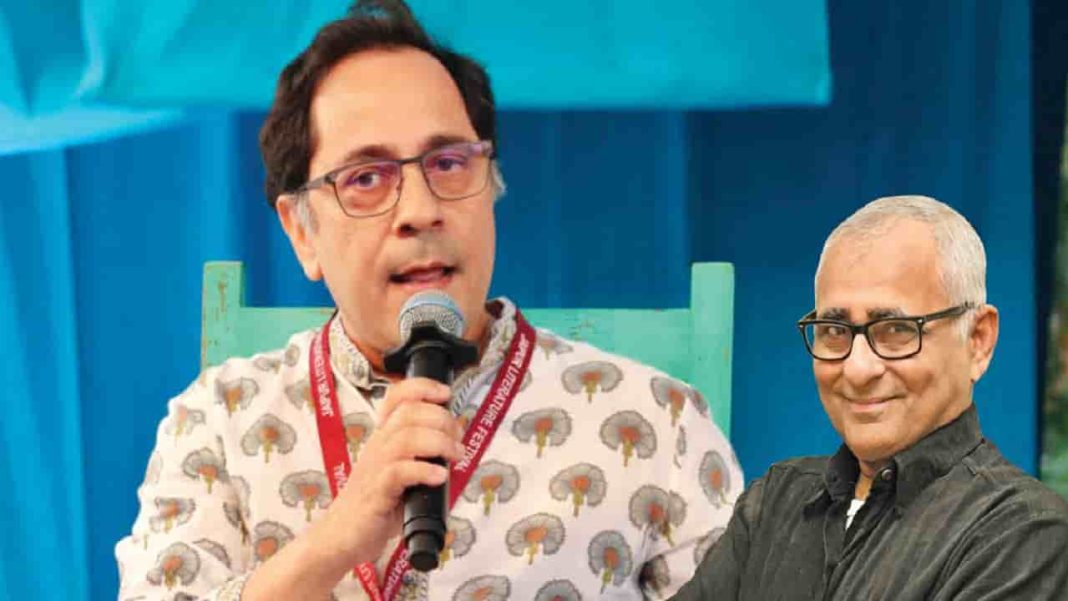By Inderjit Badhwar
There is a rainbow on the cover of this issue of India Legal. When our editorial team sat to discuss how best to illustrate the theme of our latest cover story, we unanimously invoked the rainbow—the Indradhanush. Why? Because nature in no other form depicts its “vibgyor” colours more emphatically than in the vibrant arc that cuts a swathe across the skies after a rain.
What better expression of diversity can there be?
And it is to this subject that our writer Shaan Katari Libby devotes her current essay. The rainbow on the cover is an expression of hope—a wish that our judiciary will strive to make our benches reflect the true strength of this country—its diversity.
Our benches, as of now, do not mirror the multi-faceted nature of this nation. Without going into statistics, I can state with certainty that there is an abysmally inadequate representation of religious and linguistic minorities, women, scheduled castes and tribes, OBCs in our courts.
And the absence of an adequate presence of the nation’s multifaceted stakeholders on our benches can and has often led to the lack of sensitivity to the tenets of Article 21 of our Constitution in the pronouncements of judgments. The strength of India’s much-vaunted “Ganga-Jamuni tehzeeb” is sapped when the judiciary itself fails to give equal opportunity to all, regardless of caste, creed, religion, and sexual orientation, in the appointment of judges.
Happily, most of our recent Supreme Court chief justices have been sensitive to this issue. The incumbent, DY Chandrachud, backed by his colleagues, has led from the front in championing the cause of a rainbow over the bench and gavel.
As we noted in the cover story of the previous issue of India Legal, Chandrachud and the apex court have pushed back hard against the government’s blitzkrieg—led by no less a person than Law Minister Kiren Rijiju and also articulated by Vice President Jagdeep Dhankhar—to discredit the current collegium system that assures the primacy of the judiciary in the selection and appointment of judges, free from political meddling by the executive branch.
As the government accelerates its attacks, the Supreme Court is simultaneously strengthening its defences. Retired judges like the intrepid Rohinton Fali Nariman have publicly come to the aid of their former colleagues.
The whole collegium debate is inextricably interwoven with the principle and quest for diversity. If the appointments process is politicised—and judges are picked by powerful politicians catering to their vote banks and vested interests—the quest for equal opportunity and diversity will be severely compromised.
This is not just a theory. It is happening right now. More than just a symbolic representation of this danger, the case of Saurabh Kirpal is solid evidence of the prevalence of prejudice. The government’s objection to Kirpal’s appointment as a High Court judge because of his sexual orientation goes against the Constitution.
As our writer Katari observes, the effort by the government to deny Kirpal a berth in the High Court judiciary because of his sexual orientation flies in the face of Article 15 of the Constitution of India which states: “The State shall not discriminate against any citizen on grounds only of religion, race, caste, sex, place of birth or any of them.” Article 16 states: “There shall be equality of opportunity for all citizens in matters relating to employment or appointment to any office under the State” and “No citizen shall, on grounds only of religion, race, caste, sex, descent, place of birth, residence or any of them, be ineligible for, or discriminated against…”
Judges are already in a relative position of weakness—their ultimate paymaster is Parliament. As per the Department of Justice website, salaries, pensions and allowances of Supreme Court judges are charged on the Consolidated Fund of India. All revenues and loans received by the government by way of taxes are credited to the Consolidated Fund under Article 266(1) of the Constitution and no amount can be withdrawn from the Fund without authorisation from Parliament.
Of late, we have had long waiting periods between when judges are recommended to the government and when they are actually confirmed. Also, names proposed by the collegium are returned for reconsideration. Notes Katari: “This laborious game has led to a shortage of judges contributing to a system where even the simplest of cases takes years to close.”
As we have repeatedly stated in this space, this tussle between the executive and judiciary is not just a turf battle. It is a constitutional showdown that affects not only the composition of our judges, but also the delivery of justice system from top to bottom.


